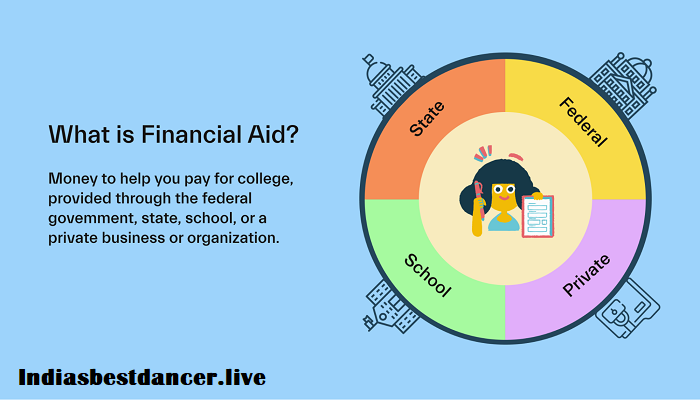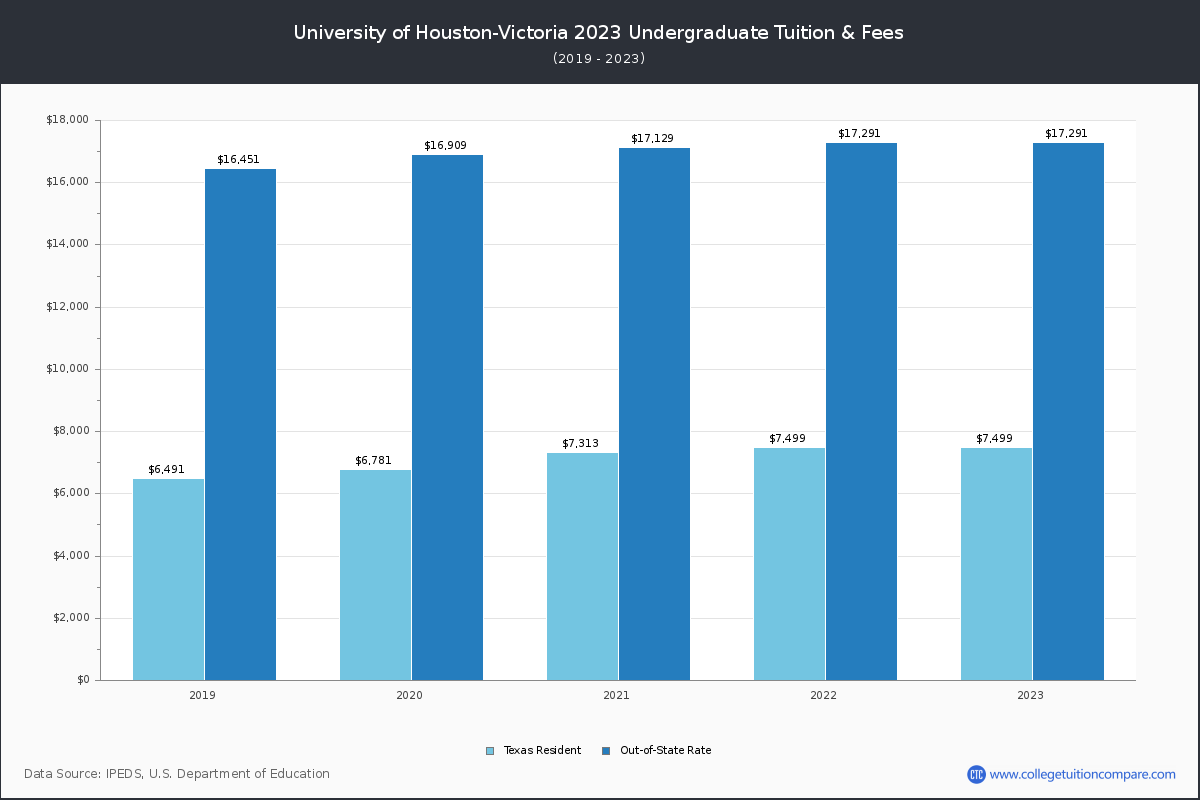College tuition assistance
In the United States, higher education has become increasingly expensive, making it difficult for many students to afford college tuition. However, the availability of financial aid has played a crucial role in assisting students in pursuing their educational goals. College tuition assistance programs provide financial resources to students who are unable to pay for their education on their own. These programs aim to make higher education more accessible and affordable for all individuals, regardless of their socioeconomic background.
One of the most well-known college tuition assistance programs in the United States is the Federal Pell Grant. This grant provides need-based financial aid to undergraduate students, allowing them to cover a significant portion of their tuition expenses. The Federal Pell Grant does not require repayment, making it an excellent option for students who come from low-income families.
Another form of college tuition assistance comes in the form of work-study programs. These programs allow students to work part-time on campus or in community service positions to help cover their educational costs. Work-study programs not only provide financial assistance but also offer students valuable work experience, which can be beneficial for their future careers.

Student loan options
While college tuition assistance programs provide immediate financial relief, student loans have also become an integral part of the US higher education system. Many students rely on student loans to pay for their college education, and understanding the different loan options available is essential for making informed financial decisions.
Federal student loans, such as the Direct Subsidized Loan and Direct Unsubsidized Loan, are offered by the US Department of Education. These loans typically offer lower interest rates compared to private loans and provide flexible repayment plans, making them more manageable for students.
Private student loans, on the other hand, are provided by private financial institutions and often have higher interest rates. However, private loans may be an option for students who have exhausted their eligibility for federal loans or have specific financial circumstances that require additional funding.
It is important for students to carefully consider their loan options and understand the long-term financial implications of taking on debt. It is recommended to exhaust all other forms of financial aid, such as scholarships and grants, before turning to student loans.
Financial aid programs
The US higher education system offers various financial aid programs to support students in their pursuit of higher education. These programs are designed to alleviate the financial burden of tuition expenses and provide opportunities for students to access education and achieve their academic goals.
One of the largest and most well-known financial aid programs in the United States is the Free Application for Federal Student Aid (FAFSA). By completing the FAFSA, students can determine their eligibility for federal grants, work-study programs, and student loans. The FAFSA takes into account factors such as income, family size, and other financial obligations to determine the level of financial aid a student may receive.
In addition to federal aid programs, many states also offer their own financial aid programs. These programs vary from state to state but often provide grants and scholarships to residents who demonstrate financial need or academic merit.
Scholarships and grants
One of the most sought-after forms of financial aid is scholarships and grants. Unlike loans, scholarships and grants do not need to be repaid, making them an attractive option for students looking to fund their education without accumulating debt.
Scholarships are typically awarded based on a student’s academic achievements, extracurricular involvement, leadership skills, or other specific criteria. They can be provided by educational institutions, private organizations, or foundations. Scholarships can cover a portion or the full cost of tuition, and some may also provide additional funds for living expenses.
Grants, similar to scholarships, are also a form of free financial aid. Grants are usually awarded based on financial need and are often provided by the government, both at the federal and state levels. They can help students cover the cost of tuition, textbooks, and other educational expenses.
Merit-based scholarships
Merit-based scholarships are scholarships awarded to students based on their academic achievements, talents, or other exceptional qualities. These scholarships recognize and reward students who have demonstrated exceptional academic prowess or have excelled in a specific field.
Many colleges and universities offer merit-based scholarships to attract and retain high-achieving students. These scholarships can provide substantial financial support, sometimes covering the full cost of tuition and even additional funds for other educational expenses.
In addition to institutional merit-based scholarships, there are also numerous private organizations and foundations that offer scholarships based on academic merit. These scholarships can be highly competitive, requiring students to demonstrate exceptional academic achievements and often involve a rigorous application process.
Merit-based scholarships not only help students financially but also provide recognition for their hard work and dedication. They can be a significant motivating factor for students to excel academically and pursue their educational goals.
The US Higher Education System Explained
The US higher education system is one of the most diverse and comprehensive educational systems in the world. It consists of a wide range of public and private colleges and universities, each offering various academic programs and opportunities for students.
Higher education in the United States is often divided into two main categories: undergraduate and graduate education. Undergraduate programs typically refer to bachelor’s degree programs, while graduate education includes master’s and doctoral degree programs.
Furthermore, the US higher education system is known for its emphasis on a well-rounded education. Many institutions require students to take a certain number of general education courses in addition to their major-specific coursework. This approach aims to provide students with a broad range of knowledge and skills that are essential for success in today’s complex world.


